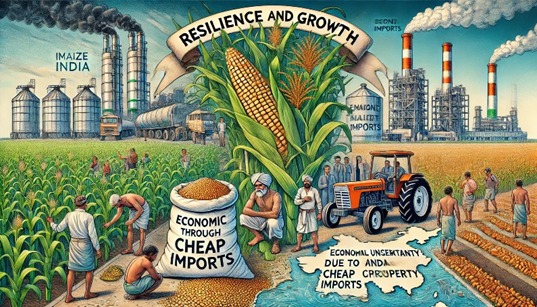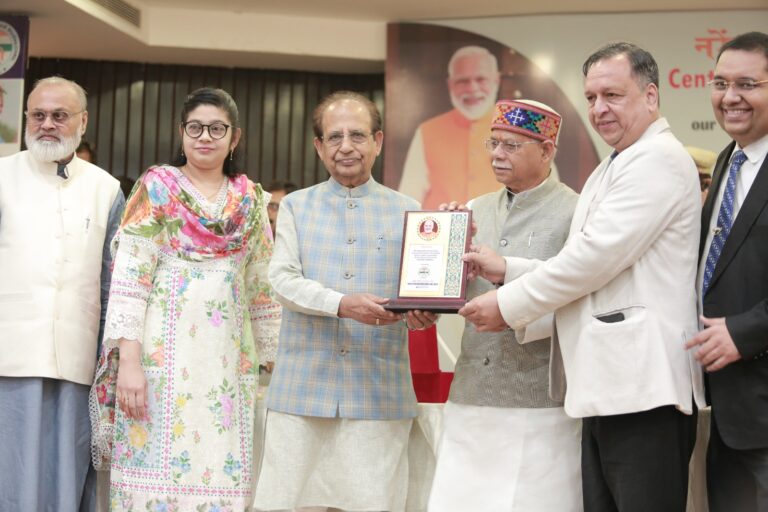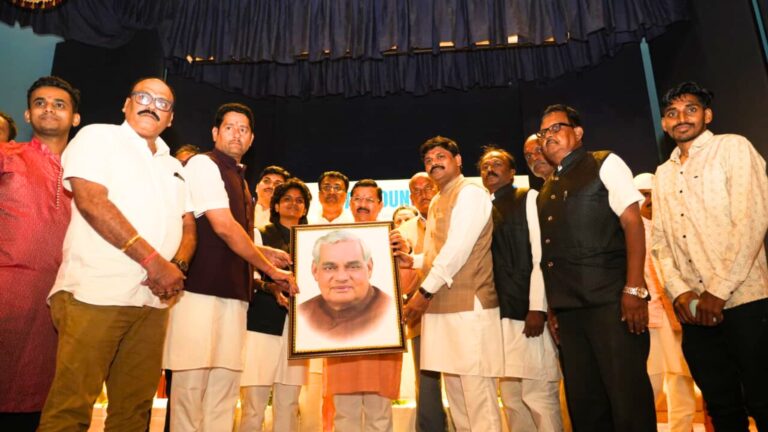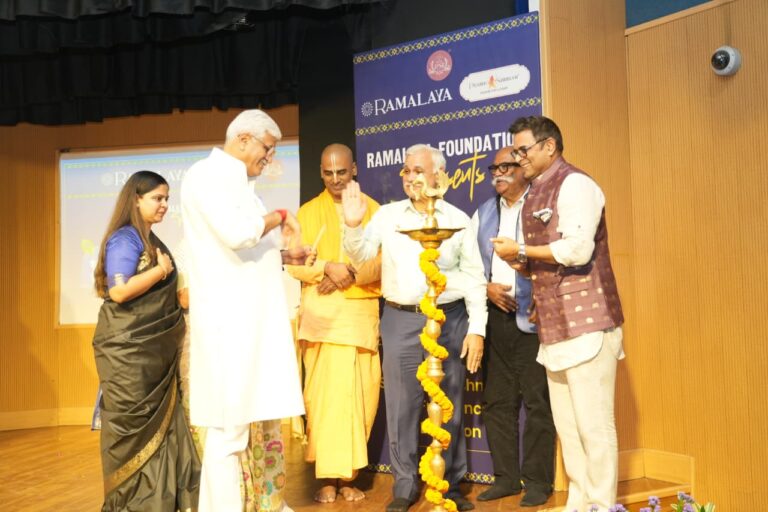Beyond GM: India’s Natural Maize Dividend
Over the past two years, India increased ethanol production from grains, mainly maize, to meet its blending target. This created pressure on maize supply and there were loud complaints about...

Over the past two years, India increased ethanol production from grains, mainly maize, to meet its blending target. This created pressure on maize supply and there were loud complaints about the gap between demand and supply from poultry, starch, and ethanol users. As a result, domestic corn prices surged, exports collapsed, and by 2024 India had turned into a net corn importer. Reuters reported that India imported about 1 million tonnes that year, mostly from Myanmar and Ukraine, as buyers tried to fill the gap. Some industry voices argue for duty-free GM maize imports to fill shortfalls. But this goes against India’s long-term interests. But non-GM advocates are cautious that GM imports may risk seed contamination, weaken our non-GM certification system, and block access to high-value markets in Europe, Asia, and the Middle East that specifically pay a premium for non-GM maize.
On September 1, 2025, the Government of India removed limits on producing ethanol from sugarcane juice, sugar syrup, and all forms of molasses for the Ethanol Supply Year 2025-26. This will apply from November 1. This step, which reverses the limits put last year when cane supplies were low, gives sugar mills the flexibility to return to cane-based ethanol. It also supports India’s plan to reach E20 (20% ethanol blending) by 2025-26. Because of this move, Indian markets reacted quickly. Industry leaders called it a golden chance for sugarcane farmers and a boost for distilleries. But beyond this, the policy change carries an important hidden benefit. It may reduce the current pressure on maize and also help India protect its strong position in non-GM maize. This gives India some breathing space to shift feedstock away from maize, calming feed markets and answering complaints from the poultry sector about rising corn prices. This is the right moment for our country to promote a non-GM maize path that is productive, profitable, and export-friendly. All this can be done without adopting GM crops.
A big headline this year was about GEAC’s approval for limited field trials of GM maize at some ICAR/SAU locations. Officials say these are only research trials, not approval for commercial cultivation. States still have the final say on permissions and India has not allowed GM maize for farmers. The debate is active, but the regulatory path is still cautious. Research is welcome, but these trials also raise the need for strict checks against accidental mixing. Non-GM advocates demand strong safeguards—biosafety rules, isolation distances, and thorough cleanup after trials to protect seed systems and grain supplies. There is also FSSAI’s non-GM certification requirement for certain crops. This is part of India’s long-term policy to protect export markets in Europe and other countries where GM crops face restrictions. In practice, the government has preferred limited tariff-rate quotas (TRQs) and time-bound concessions on non-GM corn rather than opening the door to GM imports. Non-GM maize gives India access to markets that reject GM feed. Protecting this identity is not only an ethical choice but also a smart trade strategy. As global GM adoption changes every year, a stable non-GM story from India becomes even more valuable. This “non-GM by default” position in India is not a liability, it is a trade advantage for Indian exporters. By preserving identity-preserved non-GM supply chains, we ensure both food security at home and export competitiveness abroad.
A strong non-GM system, supported by testing and traceability, builds trust at home and abroad. It also avoids the legal battles that GM crops have caused in other countries. Even experts who support GM agree that India needs a clear, science-based crop policy. As E20 expands, both importers and exporters will continue testing India’s policies, from corn TRQs to documentation rules. India must firmly protect the non-GM certification system; it is both a tool for trade negotiations and a guarantee for premium buyers.To make this policy shift a long-term strength, government, industry, and farmer groups must act together. The government should prioritize cane-based ethanol (juice, syrup, and molasses) in years of strong cane harvests, and use surplus rice carefully when needed. It should maintain flexible procurement pricing so that mills don’t suddenly shift back to maize when cane is low. Non-GM seed replacement with top hybrids suited to different regions should be fast-tracked. The government should also expand community-level monitoring, pest control, and seed treatments to improve productivity. If maize shortages return, the government should allow short-term imports of non-GM corn through TRQs, rather than opening a GM import option that will be hard to undo. To support poultry and starch users, the government should publish a maize diversion dashboard so industries can plan better. It should also provide hedging tools and storage credit to reduce seasonal price spikes.
GM trial governance must be transparent. There should be public trial maps, buffer zones, end-of-season destruction of trial crops, and results must be published whether positive or negative. GM trials should stay strictly at research level until there is a clear science-policy agreement. Supporters of GM argue that traits like herbicide tolerance and pest resistance increase yields and reduce pesticide use. Trials will generate India-specific data. But in India, seed quality, farm practices, and storage matter more than any single GM trait. Non-GM hybrids can close most of the yield gap without the risks and complications of GM. Non-GM identity helps India avoid trade restrictions and legal disputes. Even Nature’s editorial this year said that India needs a clear GM crop policy based on science and local needs. Until such a policy is widely accepted, forcing GM into India’s small farm system risks confusion and leakage. The non-GM value proposition is clear. It helps food security by keeping poultry feed affordable and starch competitive by not over-diverting maize to ethanol. It improves farmer incomes by giving premiums for identity-preserved non-GM produce and faster payments through stable cash flows from cane ethanol. It also strengthens India’s trade position by protecting non-GM status and winning premium markets that pay for clean supply chains.
In conclusion, India does not have to choose between climate goals and food-feed balance, or between innovation and caution. The government’s decision to expand cane-based ethanol gives us a chance: it lowers pressure on maize and gives us time to build a strong, high-yield, non-GM maize system. This system can feed our people, support poultry and starch industries, and sell with confidence in global markets. If we use this chance wisely, India can turn a small policy step into a big strategic strength. If India uses this window wisely, a small policy step can be turned into a big strategic strength.
By Dr. Mamtamayi Priyadarshini
Environmentalist, State Chairperson of Indian Industries Association, Delhi, Social Worker and Author of Maize Mandate









No Comments Yet